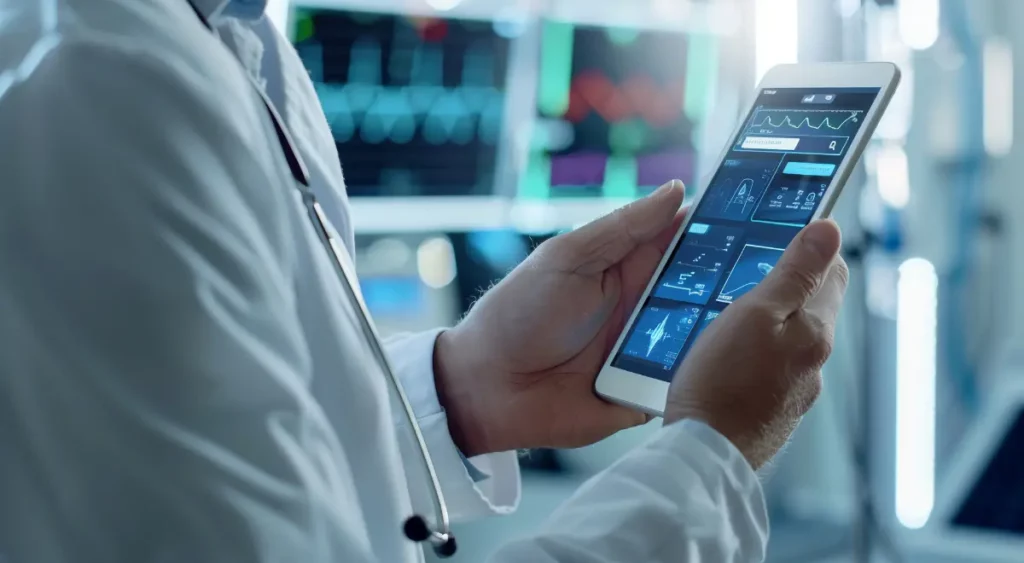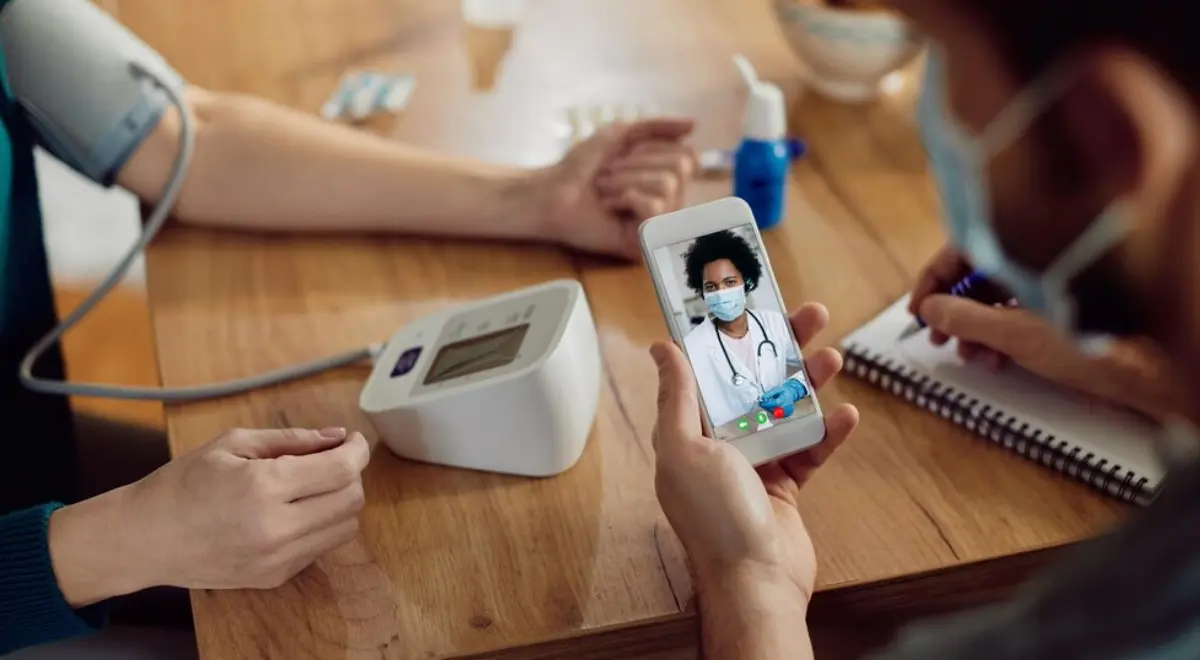Monitoring Post-Surgical Recovery With RPM Systems

Recovering from a serious illness or surgery can be really stressful, especially for a patient who is staying in a closed hospital room, surrounded by doctors and nurses rather than their family. It can also be financially draining for a healthcare provider who’ll be spending hours taking care of a patient who may recover successfully at home.
Though an in-patient hospital offers better safety and access to medical specialists who can help you recover from surgery, patients are likely to make good and quick progress when staying with family, especially when they don’t require round the clock medical assistance.
Table of Contents
ToggleThe Emergence of Remote Patient Monitoring (RPM)
The introduction of virtual health platforms, like Remote Patient Monitoring (RPM) technology has significantly changed the care delivery model by making at-home patient care and monitoring possible. When it comes to post-surgical recovery, RPM allows healthcare providers to monitor their patient’s recovery progress by ensuring continuous monitoring via FDA approved monitoring devices.
RPM assisted post-surgical recovery at home provides patients with the resources and assistance they need to heal effectively. Remote monitoring devices, such as pulse oximeters and glucometers gather and securely transmit patient health data to healthcare providers who access this data to conclude the recovery rate and identify any care gaps.
Depending on the type of device, patients can record their vitals including weight, oxygen levels, blood sugar, body temperature, and heart rate.
RPM’s Role in Postoperative Care
RPM has the potential to revolutionize post-operative care. Patients enrolled in a remote monitoring program by their healthcare provider can recover at their home after surgery, knowing that their health and progress have been monitored continuously.
Along with saving a provider the time to monitor a patient from an in-patient facility, RPM also saves patients from the hassle of traveling to a doctor’s clinic while recovering from a procedure.
A study conducted to find out the value of RPM in postoperative recovery concluded that it enables “better clinical results, improved patient satisfaction, better accessibility with shorter wait times, and cost savings for both patients and health care organizations”.
Not only this, RPM has the potential to facilitate postoperative recovery with excellent clinical outcomes and a high patient satisfaction rate. Other than improved patient experience and better health outcomes, some of the other benefits RPM offers in terms of post-surgical recovery is saving both time and costs, in terms of transportation for patients and resource allocation for providers.
All these outcomes clearly point towards the positive role remote patient monitoring is playing in post-surgical recovery.
RPM is the Latest Innovation Driving Post-Surgical Recovery
Healthcare providers are always looking for ways to make their patients’ post-operative experience better and remote patient monitoring meets all their requirements by reducing the occurrence of long hospital stays, risk of rehospitalizations, and sudden medical emergencies.
RPM continually monitors physiological data, including heart rate, temperature, and blood pressure, using wearable technology and ready to use smart devices. This data can be easily accessed by healthcare professionals who can then make timely interventions and keep a close eye on the patient’s recovery, outside of clinical settings.
Boost Post-Surgical Care Outcomes With HealthArc
By helping physicians with care coordination and patient involvement, HealthArc’s RPM platform provides dependable post-surgical care to patients and providers seeking improved patient care. Our FDA approved devices and HIPAA compliant software enable patients to record their vitals from the comfort of their homes. Healthcare providers can keep an eye on this health data and make necessary interventions.
Our RPM software solution is intended to enhance clinical effectiveness, lower healthcare expenses, and improve patient outcomes. Some of the prominent features of our RPM platform include:
- Real-time patient vitals monitoring and data analysis
- Integration with more than 40 medical devices and 20 EHRs
- AI-powered medical transcription tool
- Improved clinical decision support using insights and analytics
Clinicians can monitor their patients, enhance reimbursements, and streamline documentation using our all-in-one remote patient monitoring software.
Through HL7 and FHIR features, healthcare practices can increase staff efficiency, obtain billing information that complies with CPT codes, and guarantee a smooth integration with all major EHRs. To learn more about our digital health platform, call us at (201) 885 5571 or schedule a demo now.
Most recent blogs
Categories
- Advanced Primary Care Management
- Behavioral Health Integration
- Cellular Remote Patient Monitoring
- Chronic Care Management
- Chronic Care Management Billing
- Chronic Care Management CPT Codes
- Chronic Care Management Program
- Chronic Care Management Software
- Digital Health Platform
- Principal Care Management
- Principal Care Management CPT Codes
- Remote Care Programs
- Remote Monitoring Devices
- Remote Patient Care
- Remote Patient Monitoring
- Remote Patient Monitoring Billing
- Remote Patient Monitoring CPT Codes
- Remote Patient Monitoring Devices
- Remote Patient Software
- Remote Therapeutic Monitoring
- Remote Therapeutic Monitoring Billing
- Remote Therapeutic Monitoring CPT Codes
- Telemedicine & RPM
- Transitional Care Management
- Transitional Care Management Billing
- Transitional Care Management CPT Codes
Related Posts
- February 10, 2025 | Read Time: 5 mins
RPM Tools & Strategies for Chronic Pain Management
- February 7, 2025 | Read Time: 4 mins
How Patient Generated Health Data (PGHD) Drives Outcomes in RPM Platforms
- February 3, 2025 | Read Time: 3 mins






